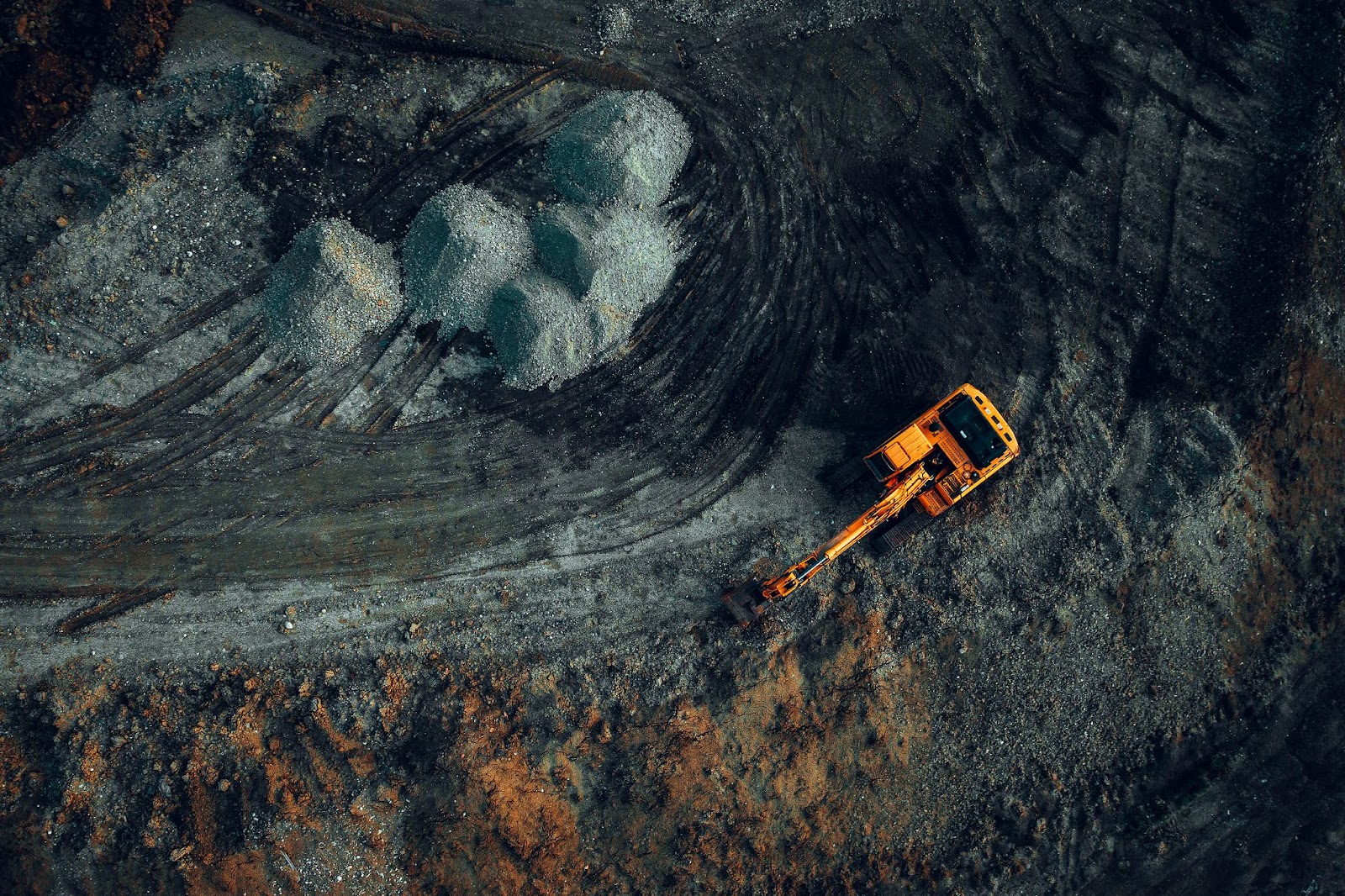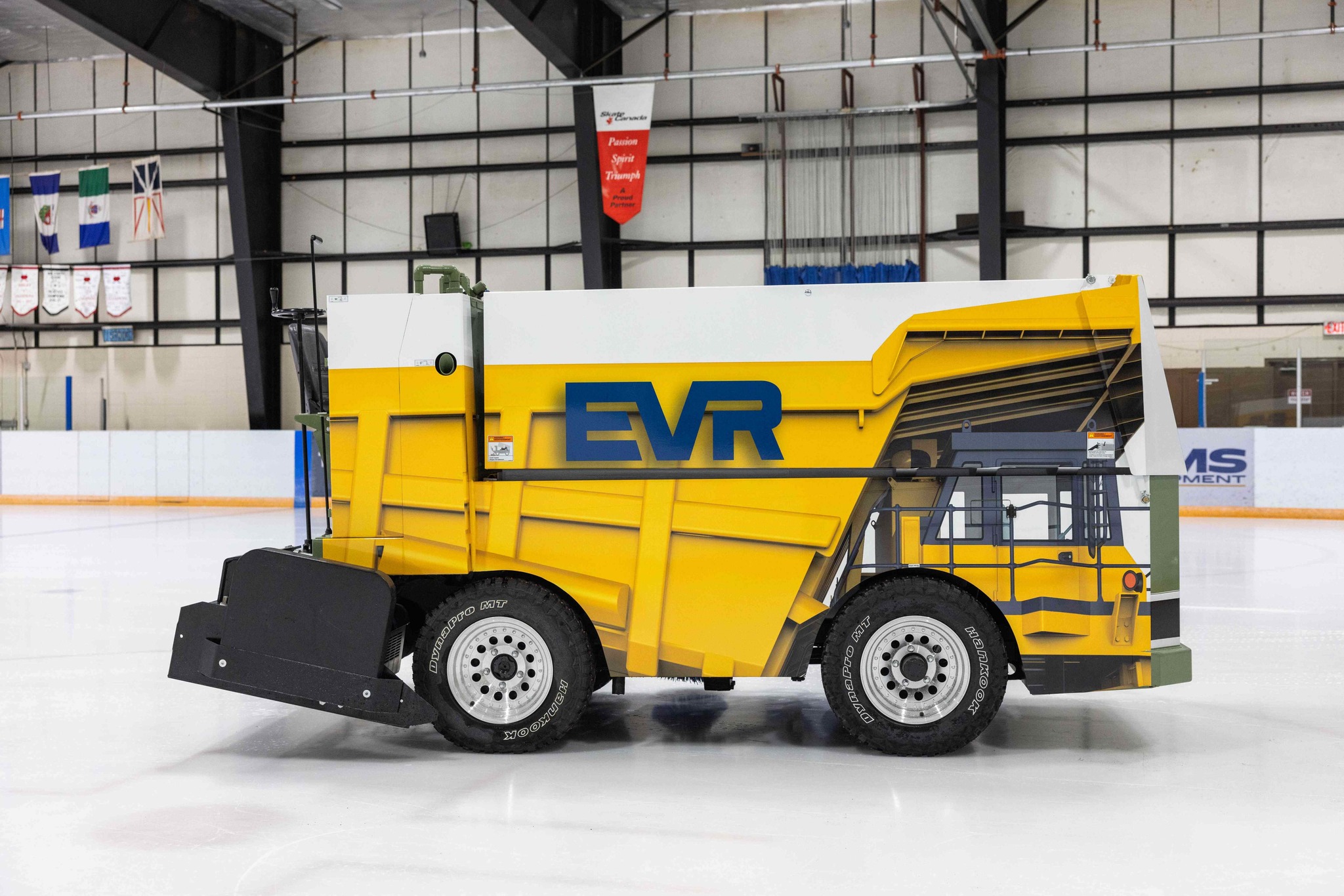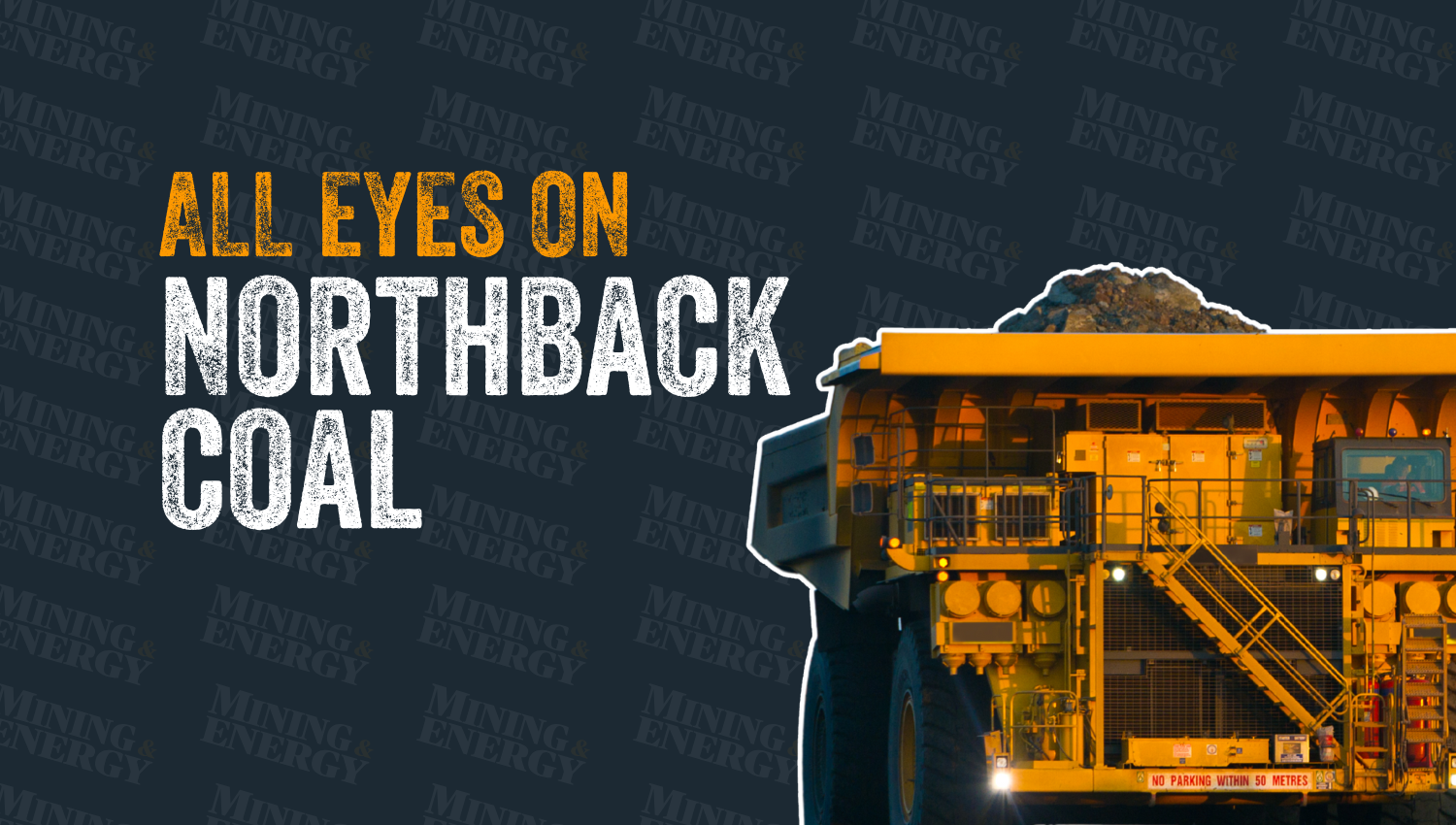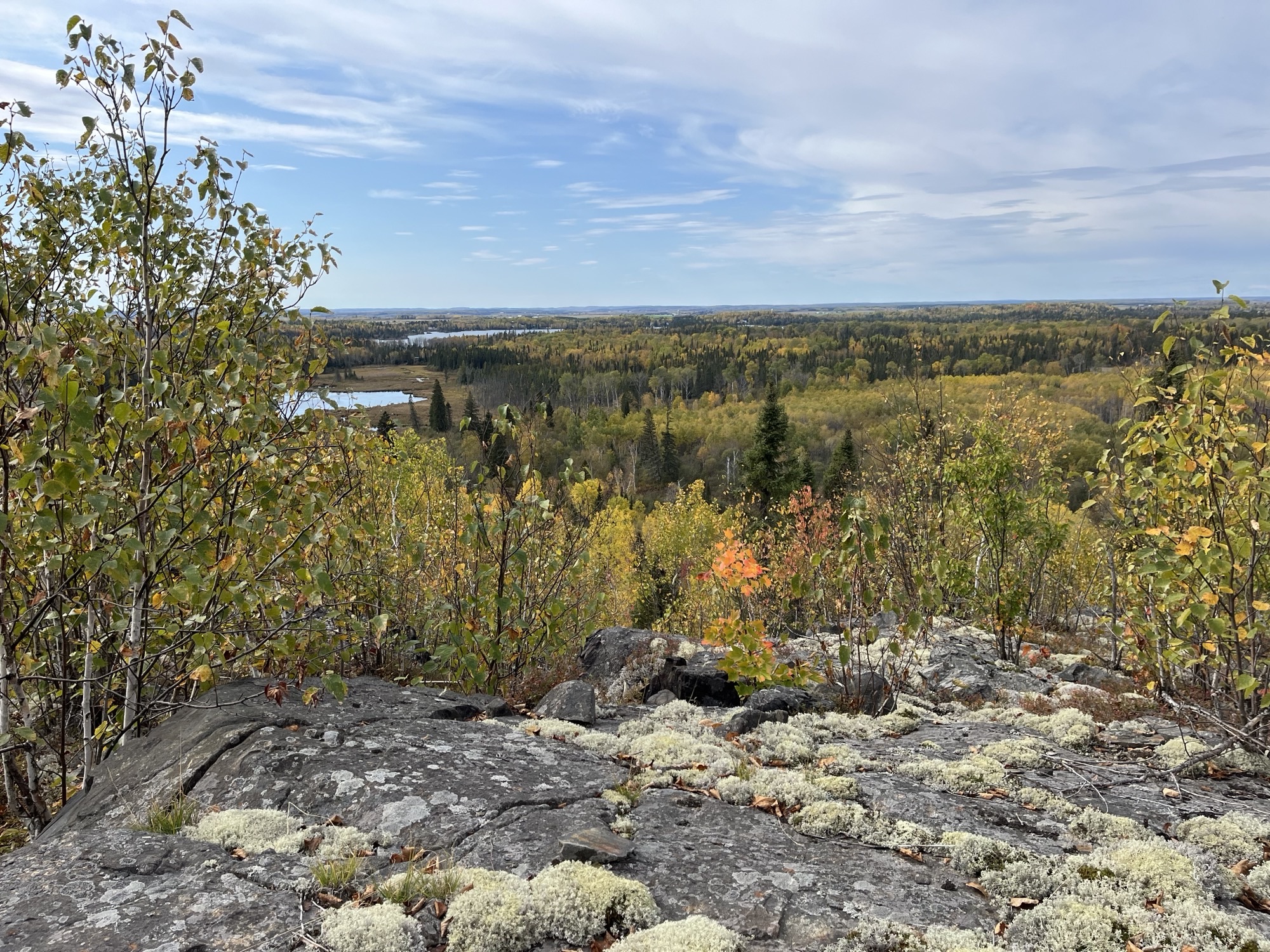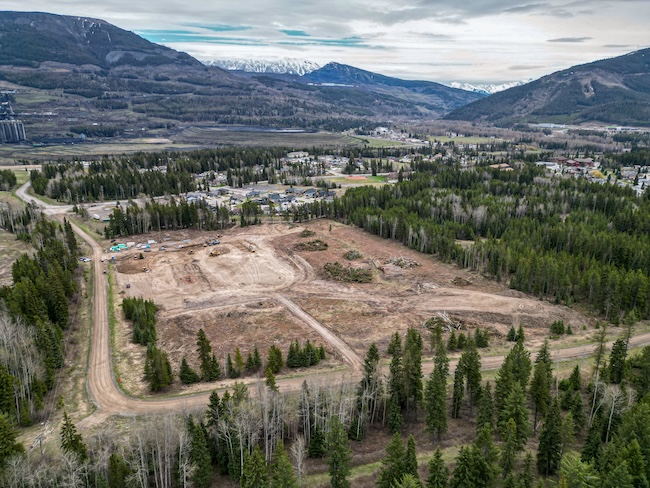Report says shrinking land base jeopardizes B.C. mineral exploration

Mineral explorers require access to land throughout BC in their pursuit of a mineable deposit; typically the impact on land is minimal. — Matt Fraser
Mineral explorers require access to land throughout BC in their pursuit of a mineable deposit; typically the impact on land is minimal. — Matt Fraser/AME BC photo
The Association for Mineral Exploration British Columbia (AME BC) is calling for the provincial government to act on a recent report that highlights the shrinking land base available in B.C. to explore for minerals.
Called Framing the Future of Mineral Exploration in British Columbia, the report criticizes what it says are increasingly complex government policies that exploration companies have to navigate.
According to the report, there is a lack of clarity in land access and use rules and there are overlapping government regulations.
“Without ongoing exploration there can be no new discoveries, and without new discoveries, the future of the industry will be limited,” said AME BC in an announcement that accompanied the release of the report. “As a result, thousands of jobs and hundreds of millions of dollars in annual economic impact could be put at risk.”
The association said land access for mineral exploration has decreased to the point where it threatens the survival of the industry.
“If not addressed, this situation could be devastating for the more than 30,000 British Columbians who are employed in mineral exploration and development as well as the many communities around the province that rely on it,” said AME BC. “This includes Metro Vancouver, which has become a global centre of excellence for the industry and headquarters to approximately 800 exploration and mining companies as well as many others providing a range of technical, legal, accounting and supply services.”
More than $2.2 billion have been spent on mineral exploration in B.C. since 2010. AME BC said a cooling-off of the industry will leave a large hole in the provincial economy.
“Despite a perception that only a small percentage of land is designated as off-limits to mineral exploration, the reality is that more than half the province is severely constrained to the industry due to the layers of restrictive and sometimes redundant regulations,” said AME BC president and CEO Gavin Dirom. “We believe that it is possible to have both a strong and active mineral exploration and development industry and a sustainable, healthy environment.”
AME BC wants the province to streamline and clarify land use regulations and plans as well as develop a modern decision-making process.
The changes need to differentiate between mineral resources that are hidden underground and surface-level natural resource activities, and to ensure their different natures are taken into account in land use decisions.
The report was prepared for the AME BC by Hemmera Envirochem Inc., an environmental consulting firm with offices across Canada.
According to Hemmera’s Burnaby, B.C.-based director of development Scott Weston, the percentage of the B.C. land mass that is off-limits to mineral exploration is on the rise.
“In November 2014, 17.5 per cent of the province was closed to mineral exploration for such purposes as parks, protected areas and First Nations habitat,” said Weston. “Since then that percentage has increased to 18.6 per cent. In addition, the government has been identifying new areas for protection.”
Weston said another obstacle the mineral exploration industry faces in B.C. is lack of clarity in land access and use rules.
“The government has motor vehicle road closures in certain areas of the province above certain elevations,” Weston said. “There are many exemptions to the closures that explorers can use. But what many people hear and remember are just ‘closure.’ This is an example of unintended consequences of government good intentions that have led to unnecessary cost and delay.”
Another example of confusing government regulations is the measure to protect the Great Bear Rain Forest.
“Some 30 per cent of the forest is off-limits to exploration in order to maintain the natural environment,” said Weston. “But, in fact, the whole forest is not off-limits.
There are areas within it that are open to tourism, hydro and mining. The public doesn’t have the full picture because the protective measures are confusing.”
The industry also has to contend with government regulations that often overlap.
“There are more than 200 land use plans that constrain land use with more than 40 classifications, plus complex geography and seasonal climate variations,” said Weston. “The provincial government doesn’t have a simple and effective tool that categorizes land use. What it has is a complex process that is layered and unwieldy.”
Untangling the tangled mass of land-use rules and regulations and straightening them out again won’t be easy.
“Different provincial ministries have different mandates that are challenging to streamline,” said Weston.
Fact sheet: Mineral exploration and development in British Columbia
According to the Association for Mineral Exploration British Columbia:
- More than 30,000 people are employed in mineral exploration, mining and related sectors in B.C.
- Vancouver is a global centre of excellence with about 800 exploration and mine development companies headquartered in the city and surrounding area. There are even more firms providing technical, legal, accounting and supply services.
- In 2001, the average mineral exploration and mining industry salary plus benefits was $81,000; in 2013, it was $114,600.
- Mineral exploration and mining is the largest private employer of First Nations in the province.
- Mineral exploration and mining activities take up a very small portion of land. In fact, since the industry began in the province in the 1850s, mineral exploration and mining has disturbed just 0.05 per cent of the B.C. land base. Of that, nearly half of all disturbed land has since been reclaimed.
- Mineral exploration investment has grown greatly over the past 15 years. In 2001, exploration spending was $29.1 million (Source: Natural Resources Canada), and in 2014 it was $338 million.
- In 2014, B.C. accounted for over 21 per cent of all exploration spending in Canada.
- Since 2010, more than $2.2 billion has been spent on mineral exploration in B.C.
According to the Association for Mineral Exploration British Columbia:
- More than 30,000 people are employed in mineral exploration, mining and related sectors in B.C.
- Vancouver is a global centre of excellence with about 800 exploration and mine development companies headquartered in the city and surrounding area. There are even more firms providing technical, legal, accounting and supply services.
- In 2001, the average mineral exploration and mining industry salary plus benefits was $81,000; in 2013, it was $114,600.
- Mineral exploration and mining is the largest private employer of First Nations in the province.
- Mineral exploration and mining activities take up a very small portion of land. In fact, since the industry began in the province in the 1850s, mineral exploration and mining has disturbed just 0.05 per cent of the B.C. land base. Of that, nearly half of all disturbed land has since been reclaimed.
- Mineral exploration investment has grown greatly over the past 15 years. In 2001, exploration spending was $29.1 million (Source: Natural Resources Canada), and in 2014 it was $338 million.
- In 2014, B.C. accounted for over 21 per cent of all exploration spending in Canada.
- Since 2010, more than $2.2 billion has been spent on mineral exploration in B.C.
